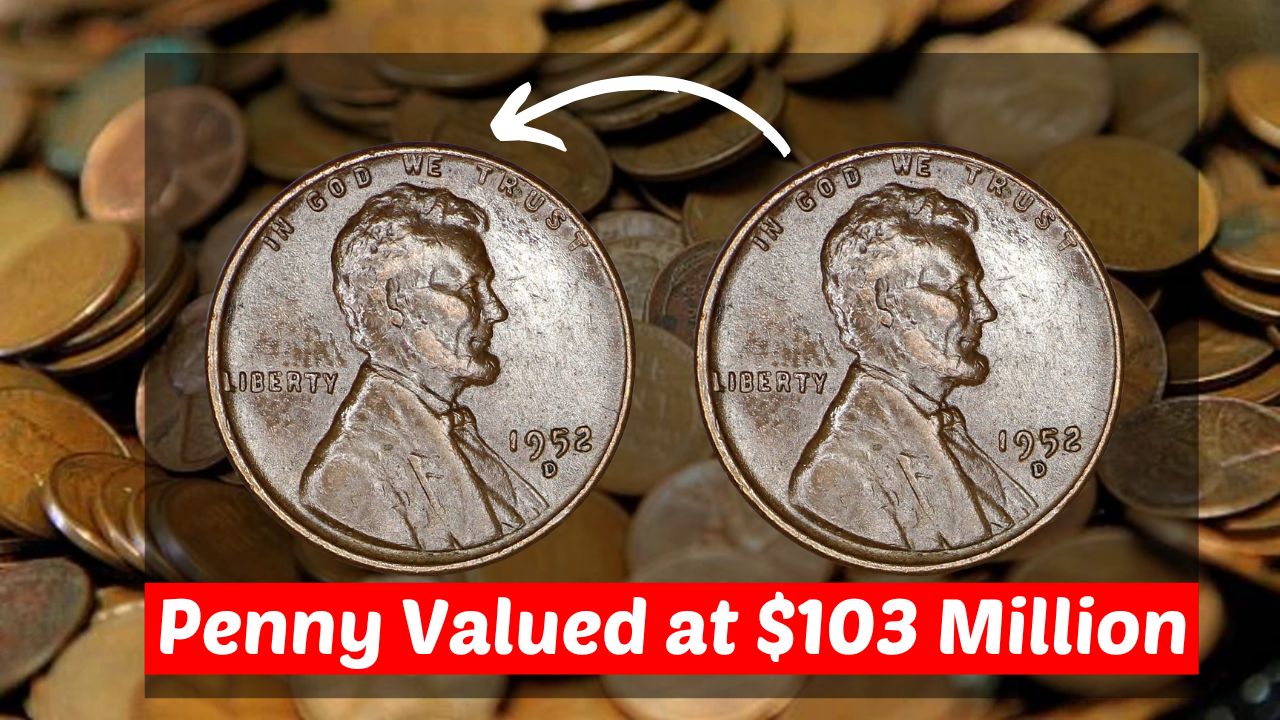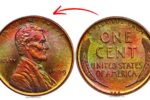The Lincoln Wheat Penny Valued at $103 Million: The Lincoln Wheat Penny is one of the most fascinating coins in American history. While many collectors search for rare coins, few could imagine that a single penny could be worth an astonishing $103 million. What makes this coin so special, and is it really still in circulation? Let’s explore the history, rarity, and value of this incredible piece of currency.
History of the Lincoln Wheat Penny
The Lincoln Wheat Penny was first minted in 1909 to honor the 100th birthday of President Abraham Lincoln. Designed by Victor David Brenner, the coin features Lincoln’s profile on the front and two wheat stalks on the back. This design remained in use until 1958, when it was replaced by the Lincoln Memorial reverse. The Wheat Penny was produced in several variations, with some rare editions becoming highly valuable.
Why Is This Penny Worth $103 Million?
Among the millions of Lincoln Wheat Pennies minted over the years, one particular coin has gained legendary status. This rare penny is believed to be a 1943 copper penny, a mistake made during World War II when the U.S. Mint switched to steel to conserve copper for the war effort. However, a small number of pennies were mistakenly struck in copper instead of steel, making them incredibly rare.
One of these copper pennies reportedly sold for $103 million due to its rarity and historical significance. Experts believe that this penny remains one of the most valuable coins ever discovered.
How Many of These Pennies Exist?
The exact number of 1943 copper pennies in existence is unknown, but it is estimated that fewer than 20 were ever minted. Over the years, a few of these coins have been found in circulation, often discovered by lucky individuals who had no idea of their value. Some of these pennies have sold at auction for millions of dollars, but the most valuable one reportedly reached the $103 million mark.
Is This Rare Penny Still in Circulation?
Many collectors and treasure hunters continue to search for the elusive 1943 copper penny, hoping to find one in their spare change. While it is highly unlikely, some experts believe that a few of these coins may still be in circulation. Because many people do not closely examine their pennies, it is possible that an unsuspecting individual could still come across this rare coin without realizing its worth.
How to Identify a 1943 Copper Penny
If you want to check whether you have a valuable Lincoln Wheat Penny, here are some key features to look for:
- Date: The coin should be from 1943.
- Material: A genuine 1943 copper penny will have a reddish-brown color, unlike the common steel version, which appears silver or gray.
- Magnet Test: Since steel is magnetic and copper is not, you can use a magnet to test the authenticity of the penny. If the penny sticks to the magnet, it is not the rare copper version.
- Mint Mark: Some of these rare pennies were minted in Philadelphia (no mint mark), Denver (D), and San Francisco (S).
What to Do If You Find One
If you believe you have discovered a 1943 copper penny, you should take the following steps:
- Do Not Clean the Coin – Cleaning can reduce its value.
- Verify Its Authenticity – Have the coin examined by a professional numismatist or a reputable coin dealer.
- Get It Appraised – If authentic, the coin should be professionally appraised to determine its market value.
- Consider Selling at Auction – Rare coins like this often fetch the highest prices at high-profile auctions.
Conclusion
The Lincoln Wheat Penny remains one of the most sought-after coins among collectors. While the chances of finding the $103 million penny in circulation are slim, it is not impossible. If you come across an old wheat penny, take a closer look you might just be holding a fortune in your hands. Keep checking your change, because treasures can still be found where you least expect them.
Disclaimer: Coin values fluctuate based on condition, rarity, and market demand. The $103 million valuation is speculative and not a guaranteed price. Always verify rare coin details with an official numismatic expert or grading service before making any financial decisions.




